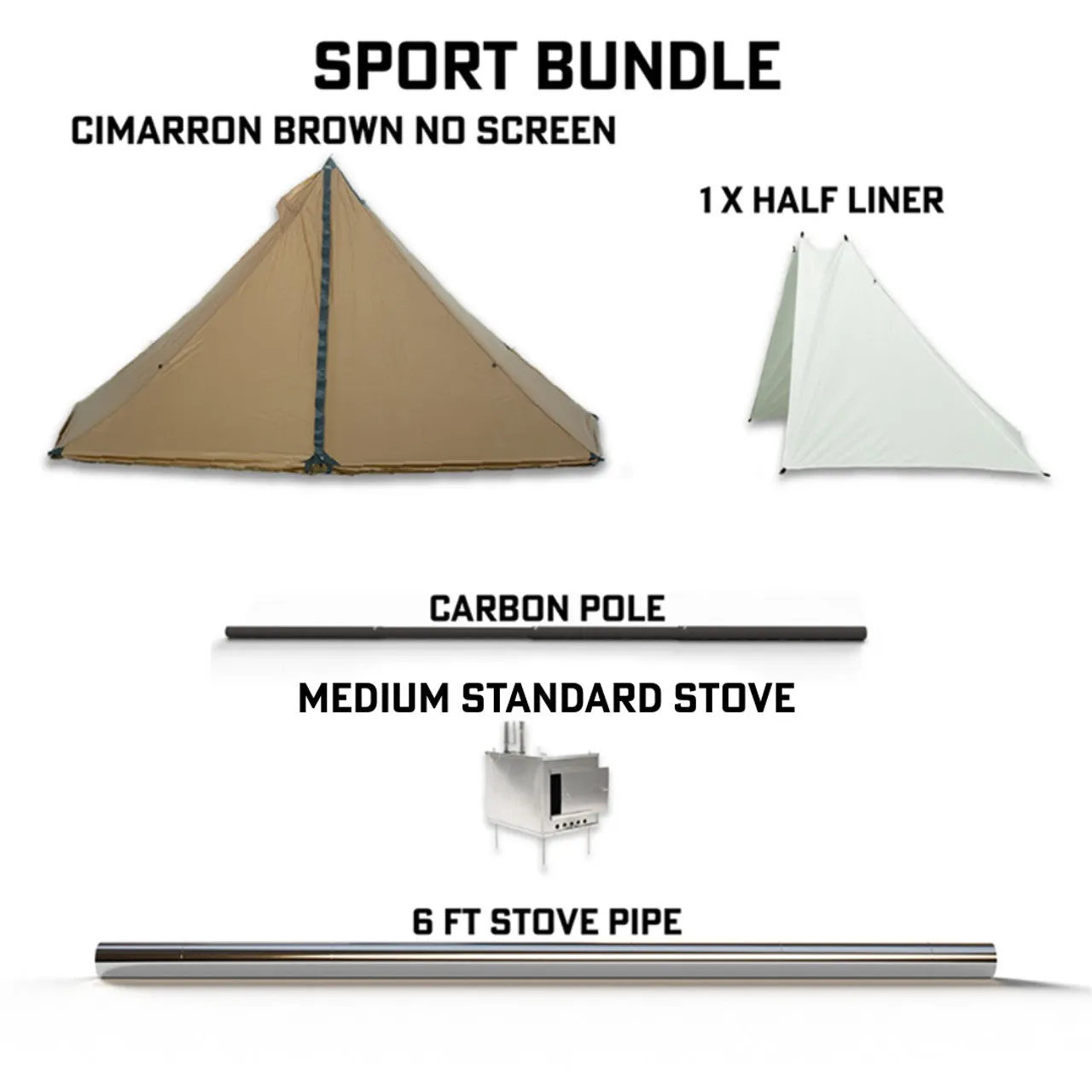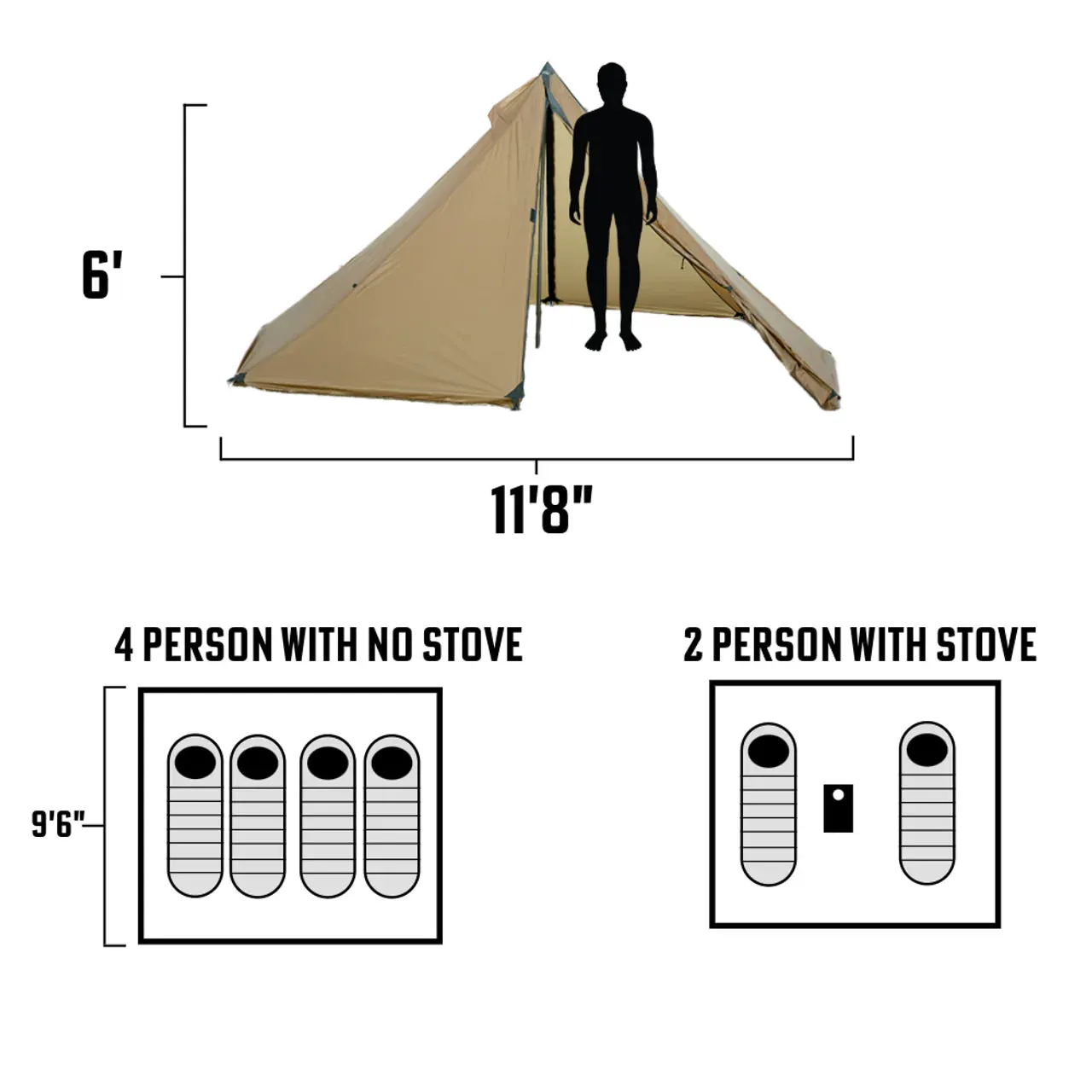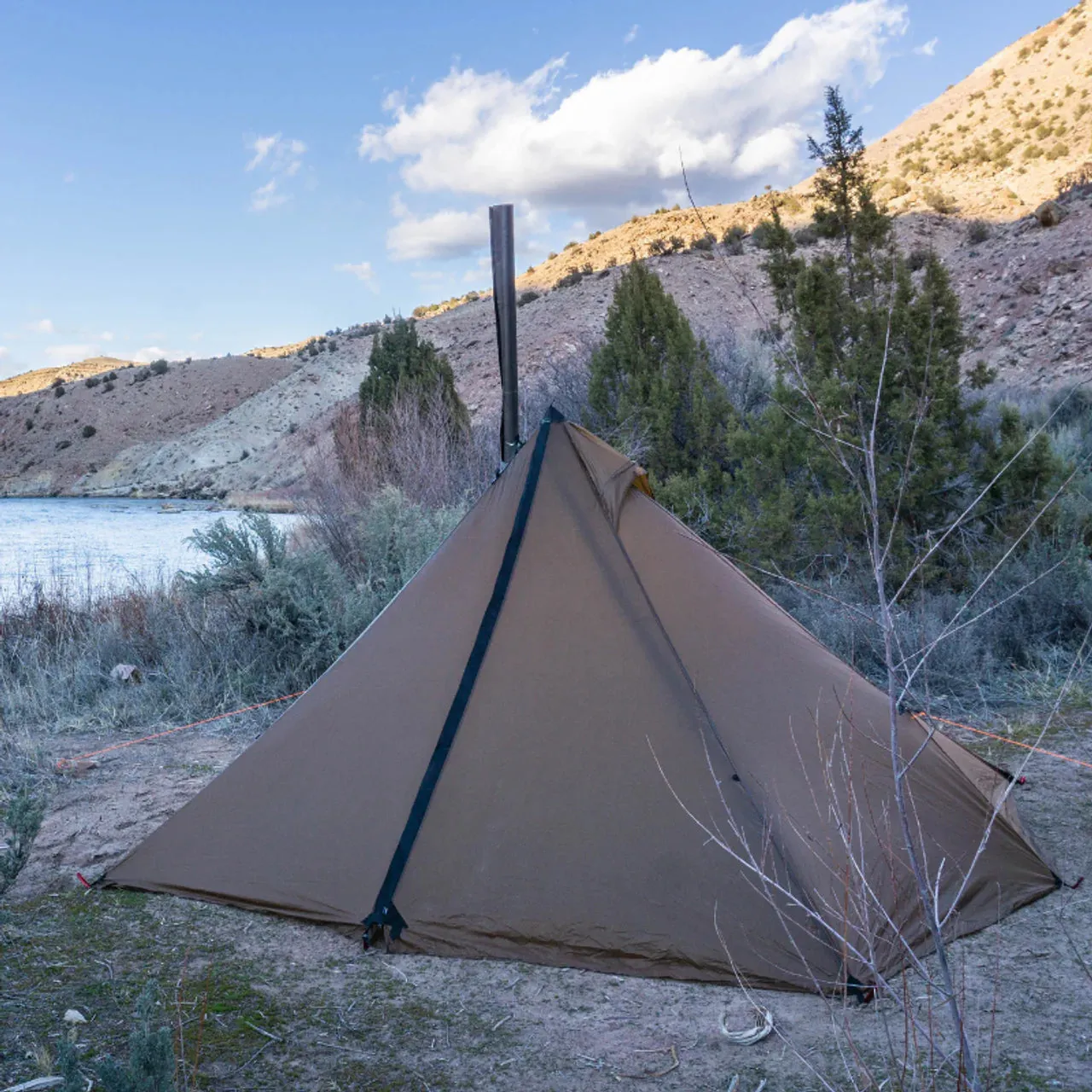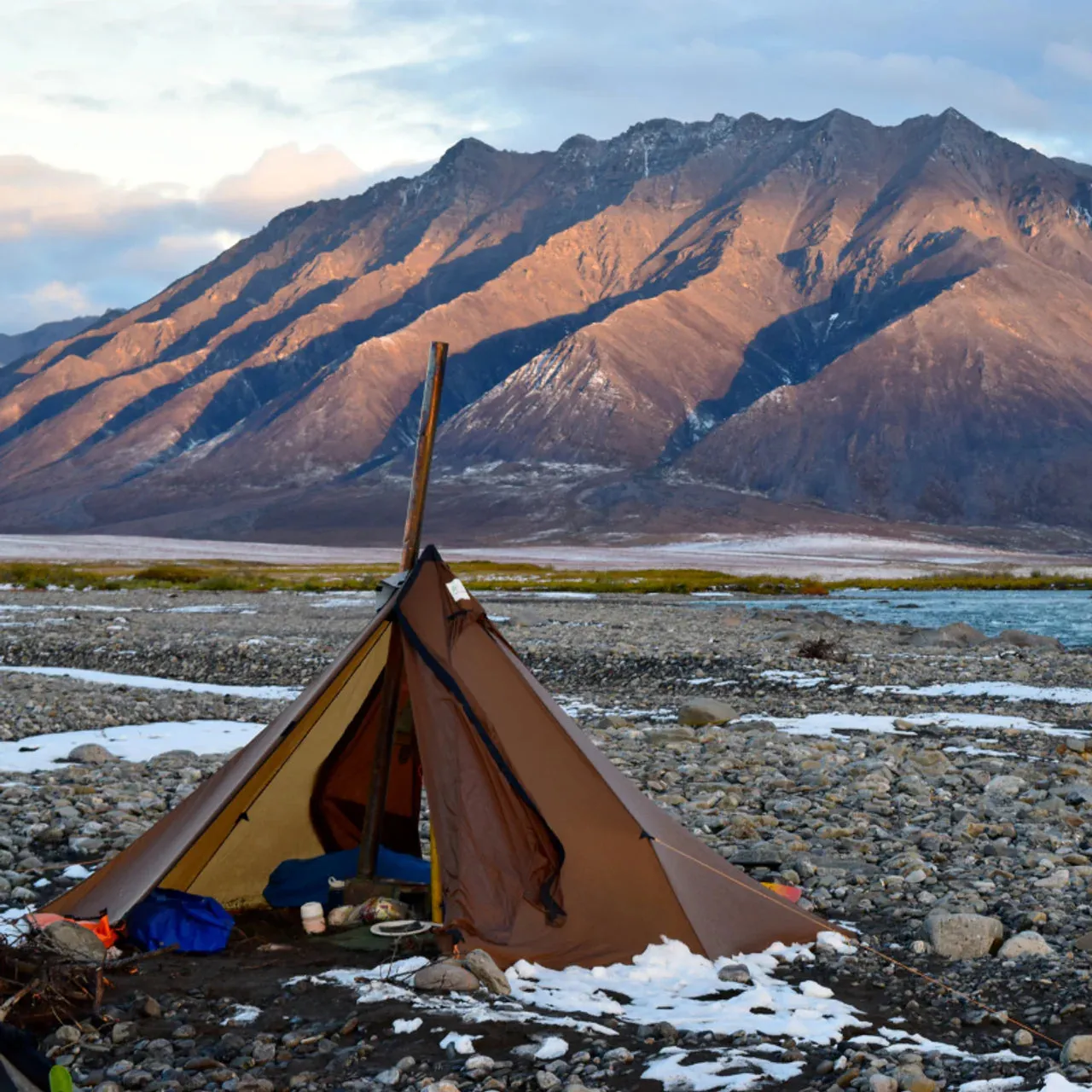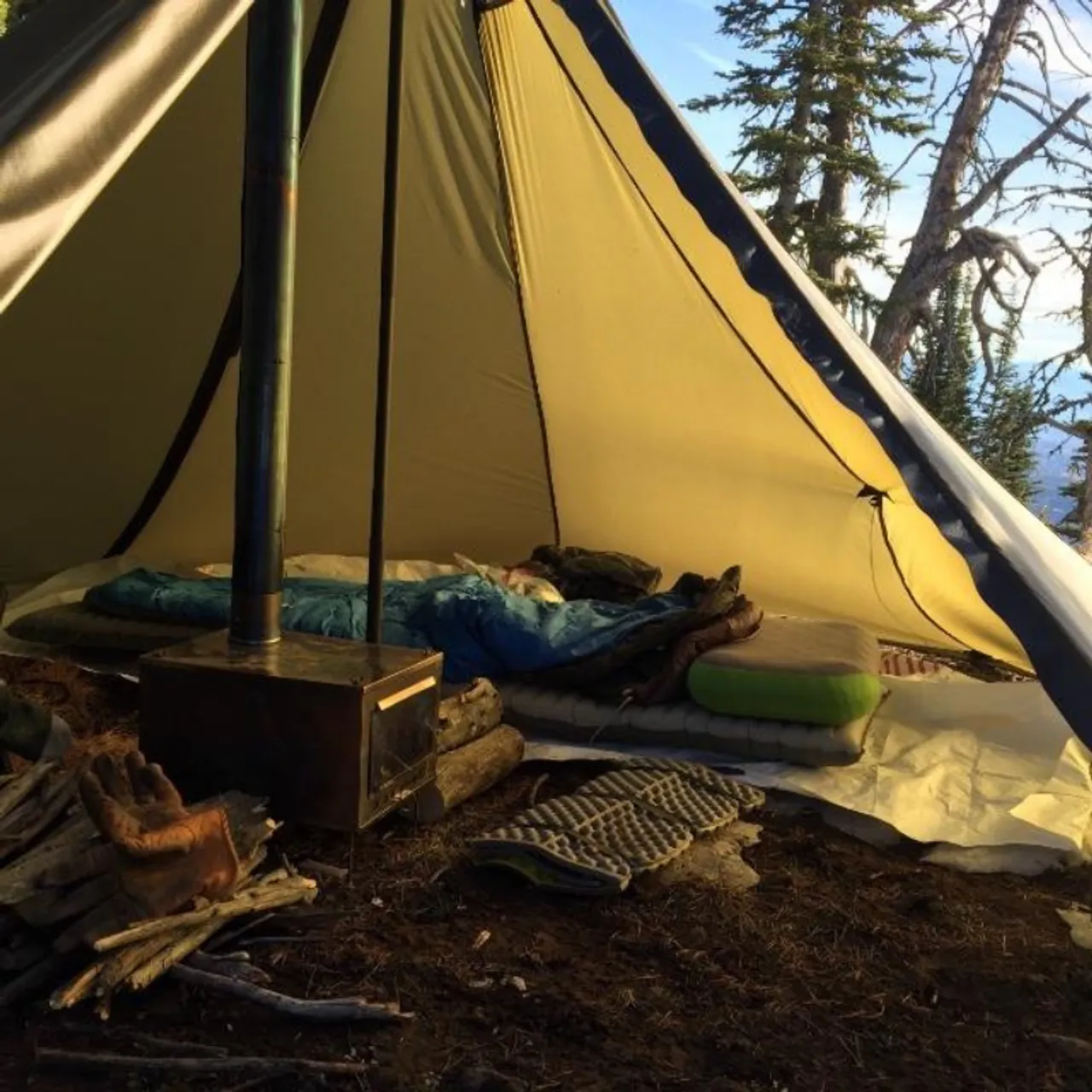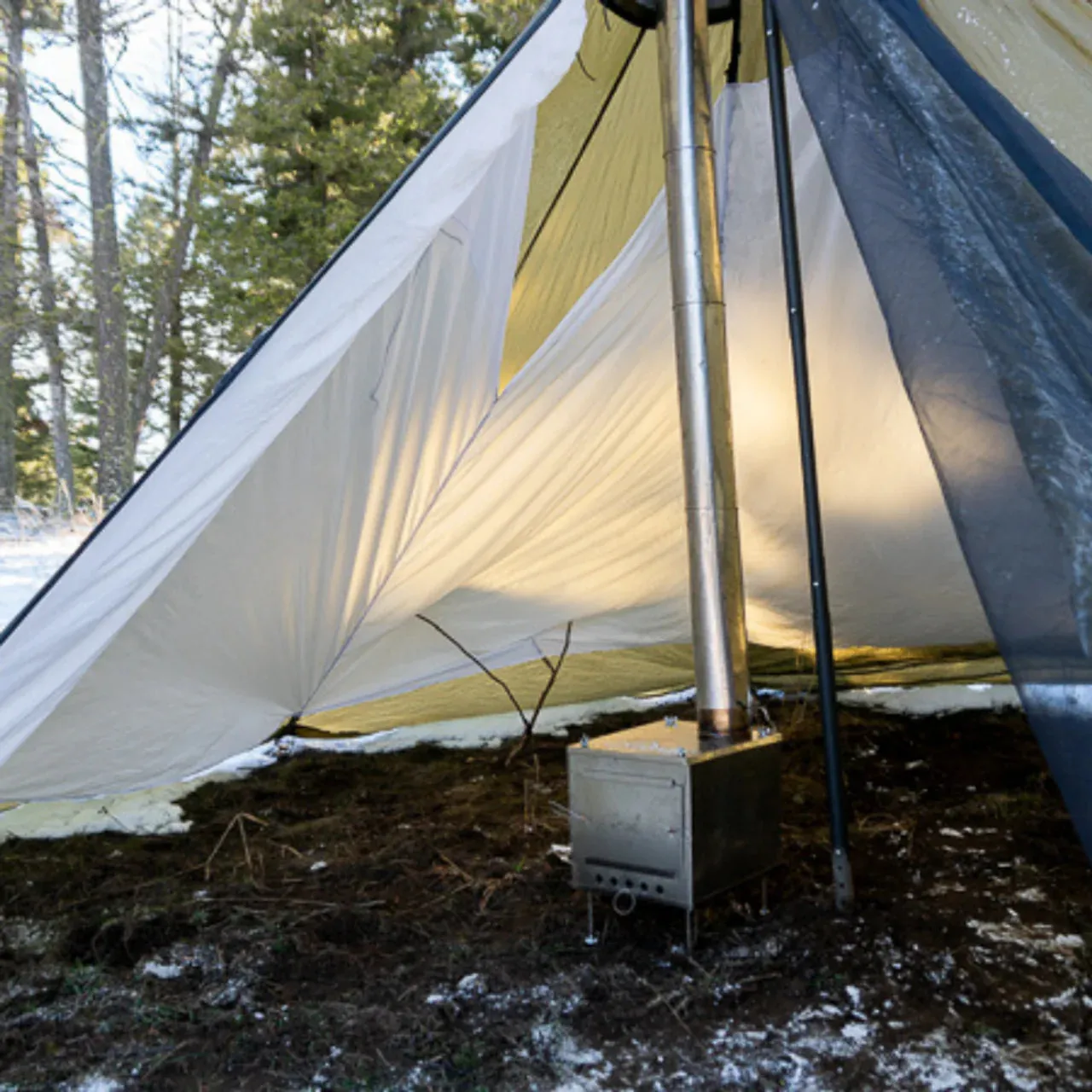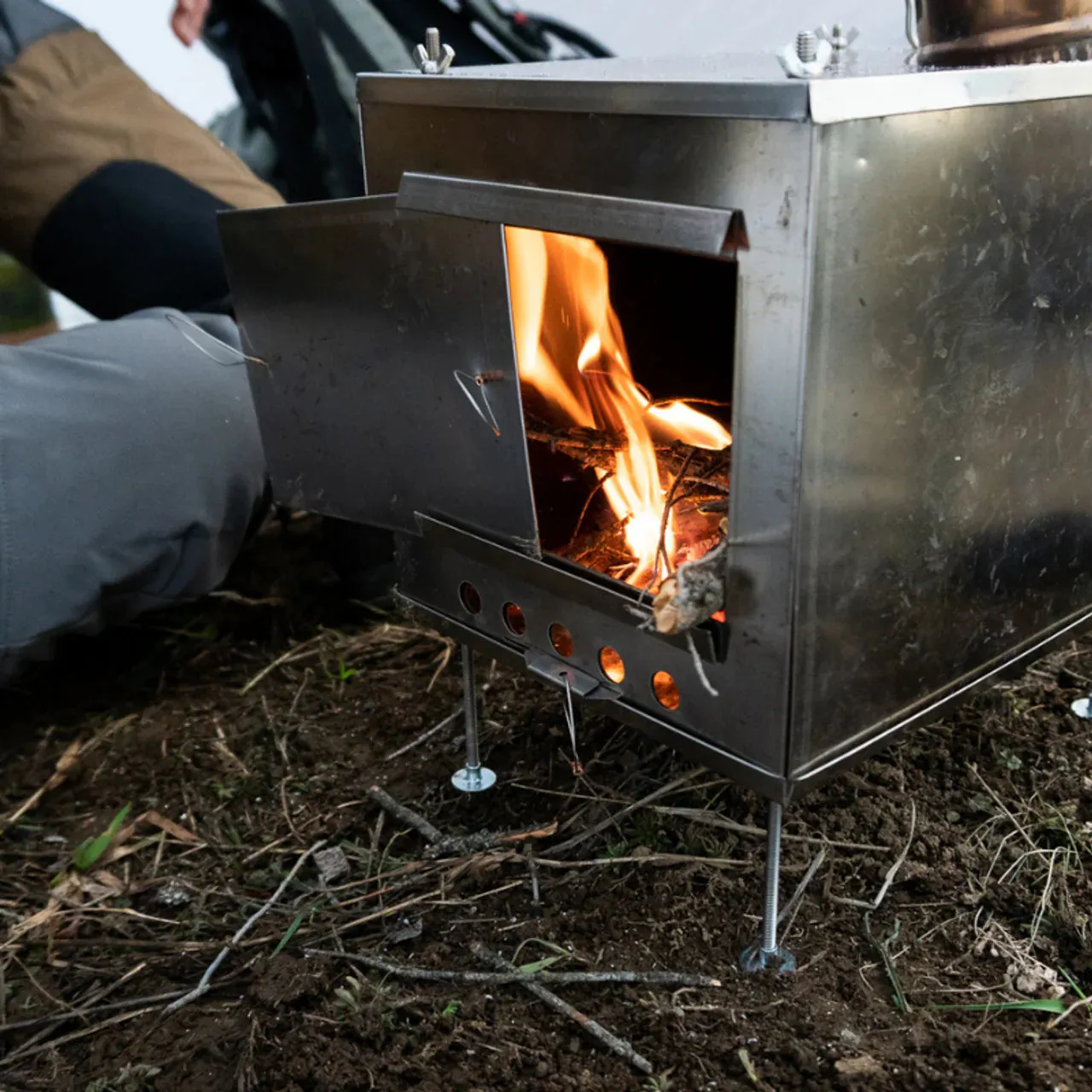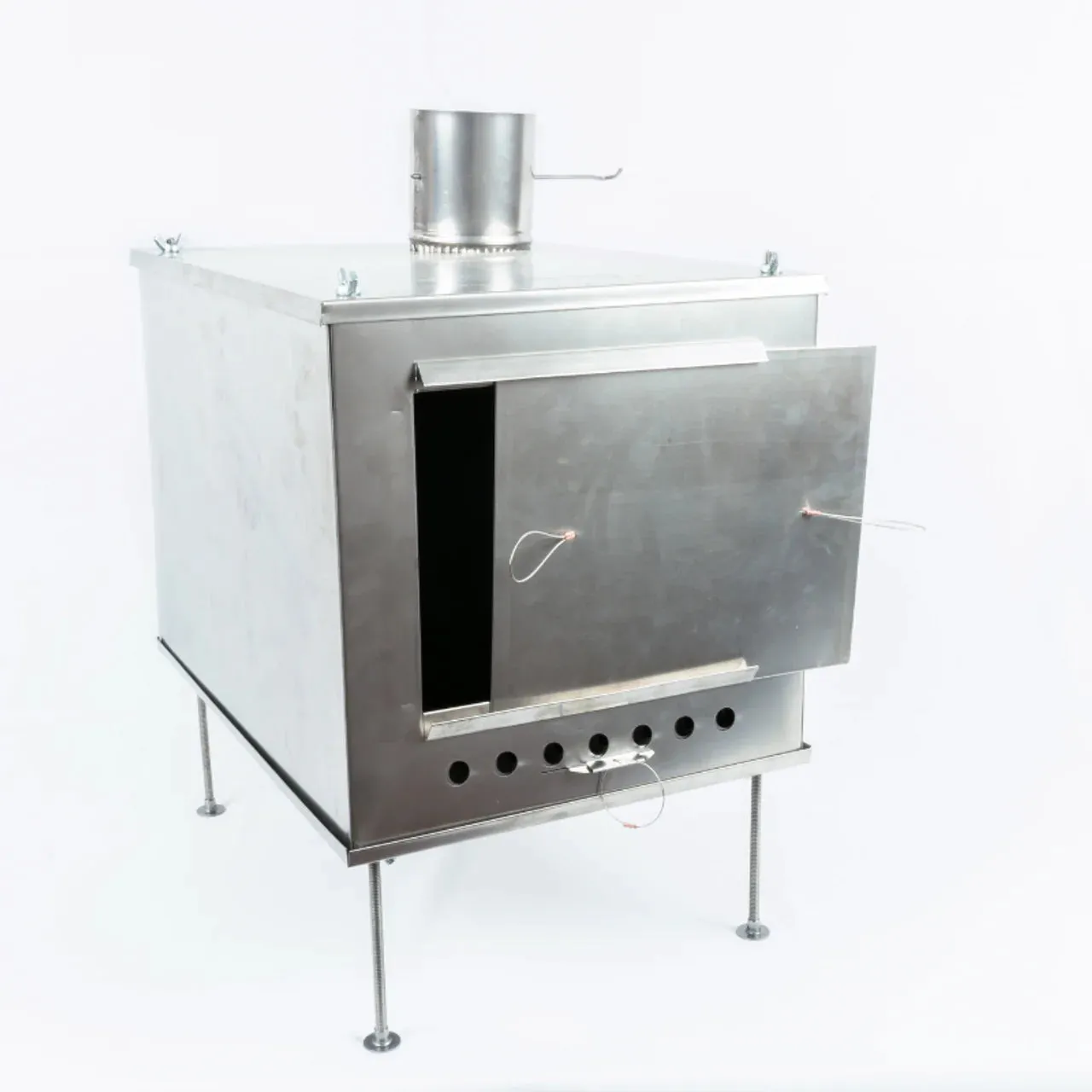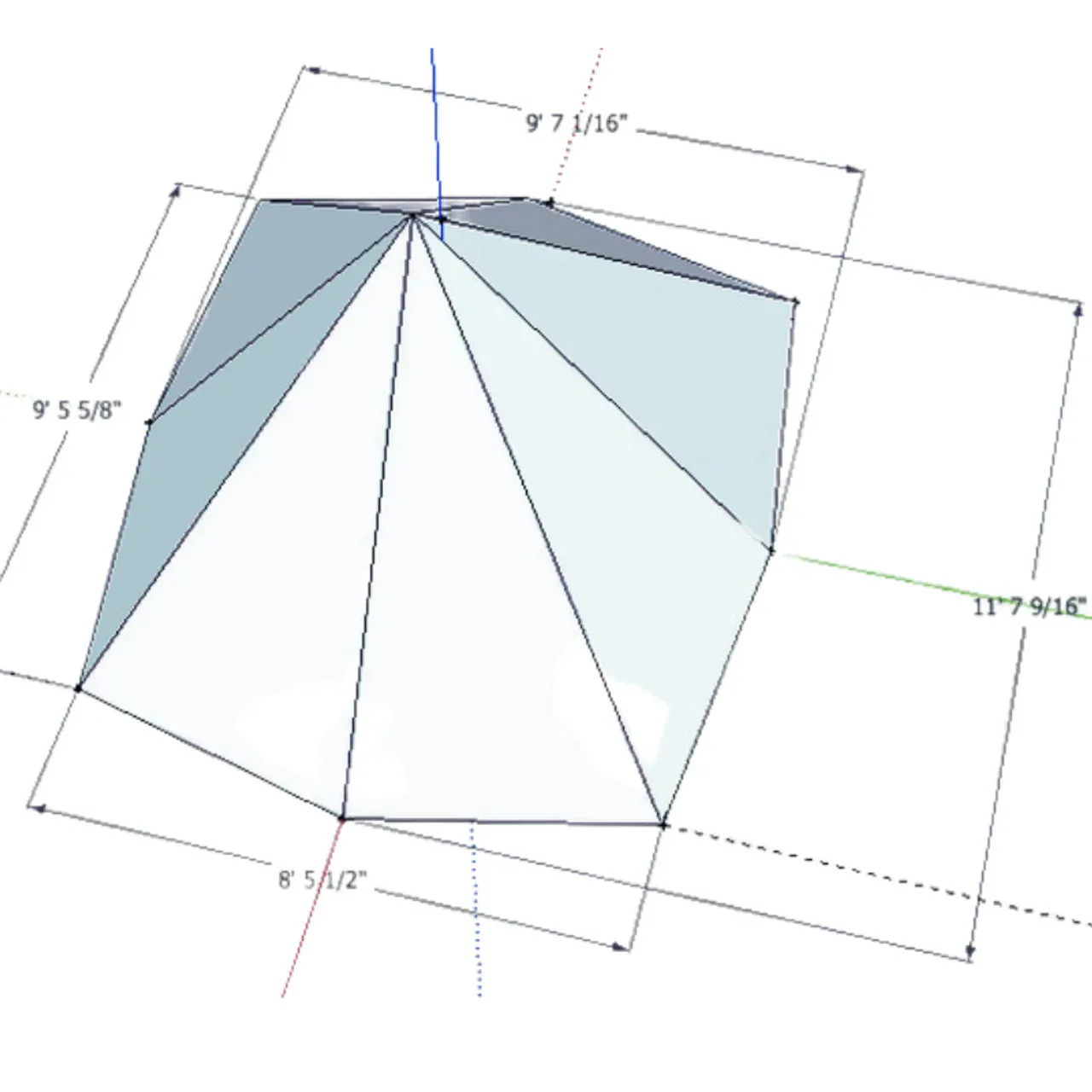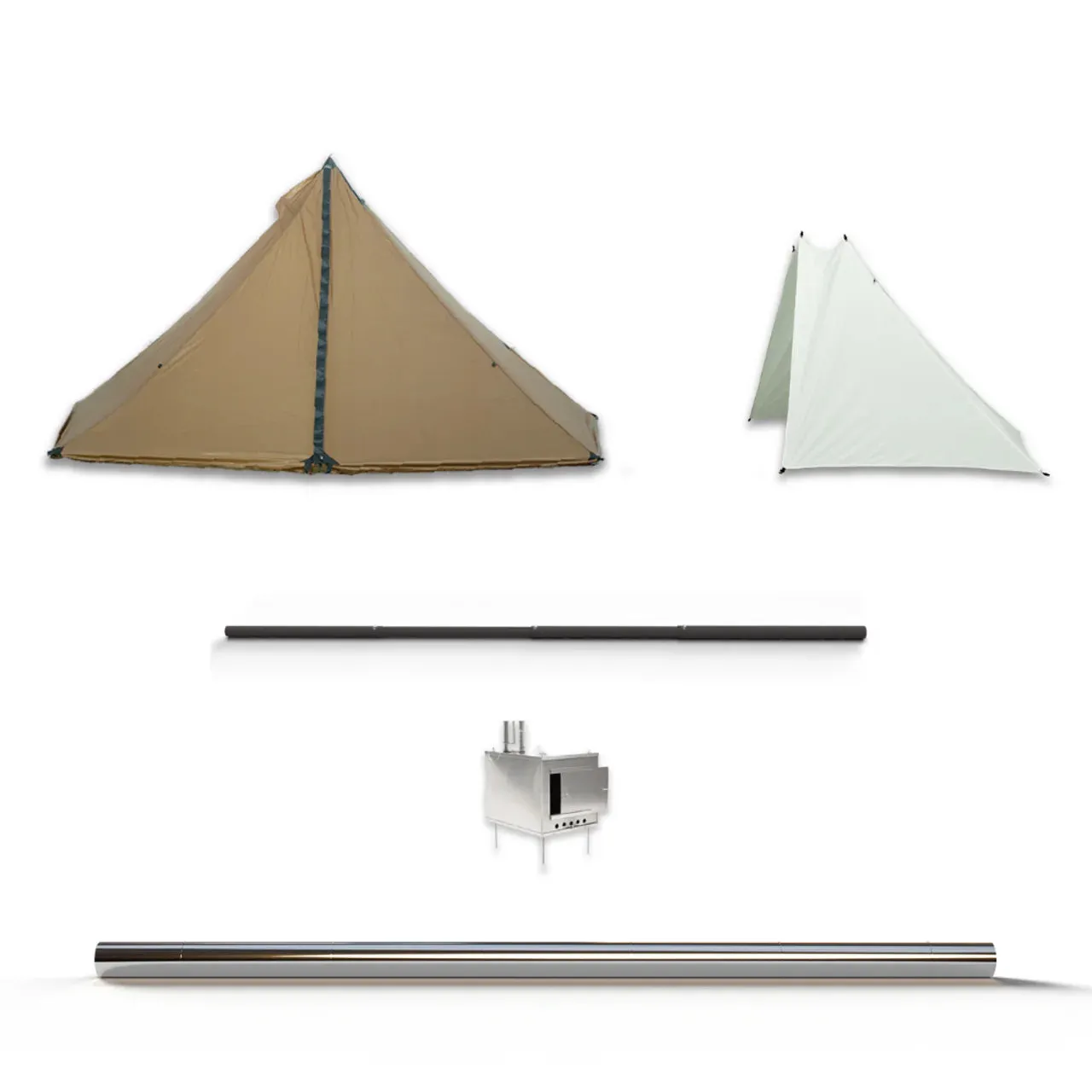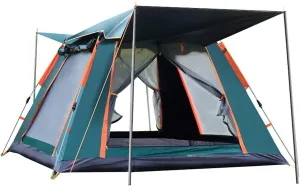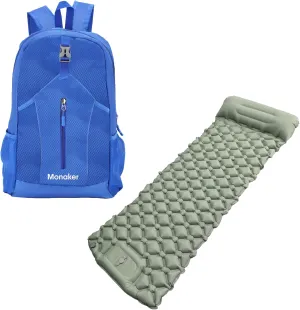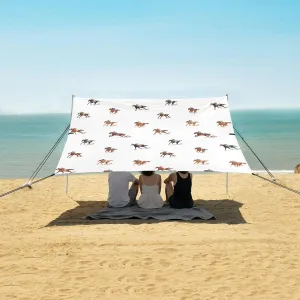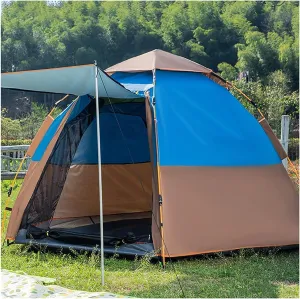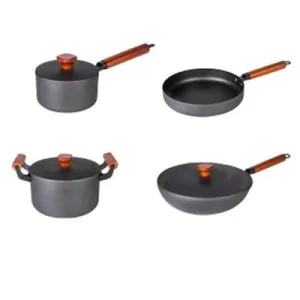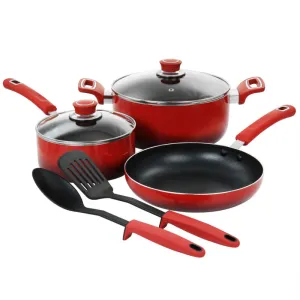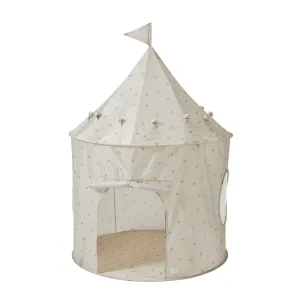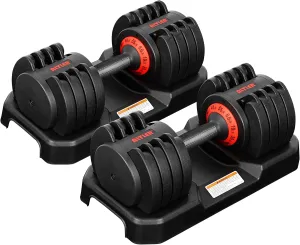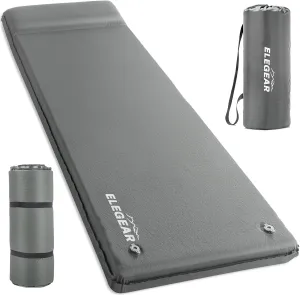2 - 4 Person | Cimarron | Stove | Liner | Hot Tent Bundle
OVERVIEW:
The Cimarron is an ultralight 4-person (without stove) pyramid-style tent with subtle angles, providing comfort for two when using a stove and compatibility with our 2-person nests.
The Cimarron efficiently maximizes space. Its footprint fits well on many campground pads, making it ideal for limited spaces. Its shape, closest to a slightly rectangular pyramid, sets up like a traditional pyramid but with less wasted space. Tipi-inspired styling minimizes flat sides, enhancing roominess. It accommodates four adults across without a stove, or two lengthwise with a stove. The dual-side entrance design allows versatile pitching on varied terrain as needed.
All of our gear is crafted using the finest materials, made in-house by skilled experts, and backed by our outstanding warranty.
Handmade in Grand Junction, CO. (Made in USA)
- Sleeps 4 without stove
- Sleeps 2 with stove
OPTIONS:
SPORT BUNDLE INCLUDES:
- Cimarron Brown, No Door Screens
- Medium Standard Titanium Stove
- 6' Titanium Stove Pipe
- Carbon Fiber Center Pole
- Half Liner, With Cone
Half or Full Liner
- One half liner will cover one half of the tent interior and protects from condensation drips
- The full liner, which is two half liners, will cover both sides of the tent from condensation
- Both options come with the internal center cone for attaching the liner to the peak of the tent
TIPI FEATURES:
- Dual zippered doors with storm flaps
- Single peak vent
- Stove jack with rain flap
- 6" Sod skirt for sealing out drafts
- Ultra robust stake loops - big enough for cut or improvised stakes, twist a time or two to tighten up on standard stakes
- Two External guy out loops - use to steepen walls
STOVE FEATURES:
- Titanium Construction
- Intake Control
- Damper & Integrated Spark Arrestor
- Sliding Door
- Easy Assembly
BUNDLE INCLUDES:
- Ultralight Titanium Wood Stove
- Large Titanium Wood Stove or Large Titanium U-Turn Stove, your choice.
- 6 feet of roll up titanium stovepipe
- Pipe rings
- Damper
- Spark Arrestor
- Intake Control
- Storage Bag
- Storage Tube comes with U-Turn Stove
- Cimarron
- Shelter canopy
- Stove jack with rain flap
- Cimarron Carbon Pole (5 sections)
- 10 stakes (Requires at least 6)
- Enough seam sealer to seal the shelter and have some left over.
- Stuff Sacks
WARRANTY:
Defects in manufacturing and material for the practical lifetime of the product. Damage due to wear and tear or misuse will be repaired for a reasonable charge.
Specifications
SPECIFICATIONS:
- Weight:
- Sport Bundle - 6 lbs 2 oz
- Pro Bundle - 7 lb
- Tipi Weight:
- Canopy - 39 oz / 2 lb 7 oz
- Canopy stakes carbon pole - 55 oz / 3 lb 7 oz
- Tipi Dimensions:
- Height 6'
- Width 8' 6" (Max 9' 6 "ft center)
- Length 9'6" (11' 8" ft max center)
- 94 sqft floor area
- 23 sqft sitting area (height above 36")
- Stove Weights
- Large U-Turn Complete with damper, legs, hardware, and storage bag is 29 oz / 1 lb 13oz
- U-Turn Stove Pipe - 1.5 oz / foot - 6ft = 9 oz
- Large Standard Complete with damper, legs, hardware, and storage bag is 35oz / 2 lb 3 oz
- Stove Pipe - 2 oz / foot - 6 ft = 12 oz
SIZE GUIDE:
- Sleeps 4 without stove
- Sleeps 2 with stove
- Need one size smaller? See the Guardian Bundle
- Need one size bigger? See the Redcliff Bundle
Instructions
SEAM SEALING:
For best results we recommend seam-sealing your tent. You can do it at home or have us do it for you (adds up to two weeks)(if we seal the shelter it will be shipped without extra tubes of sealant):
Seam Sealing Service
- Our shelters are shipped with enough seam sealer to seal the entire tipi.
- Seal the outside seams, but do it from the inside - pitching the tipi inside out allows you to reach all of the seams.
- The easy way to seal is to run a thin bead of sealant along the seam, then press it in with a finger, wiping the excess on a paper towel.
- Alternatively, you can use an acid brush from a hardware store to spread the sealant.
Videos & Media
MEDIA:
Cimarron 360 VR
FAQ
FAQ
TOP ACCESSORIES:
- Cimarron Carbon Pole
- Trekking Pole Hitch
- Two Person Nest
- Cimarron Half Nest
- Cimarron Full Nest
- Ground Tarp
- Reflective Guyline
- Twisted Stakes
INTRO TO HOT TENTS:
The most common questions we get about hot tents are:
- How do you not burn the tent down?
- The stove jack is a high temp fiberglass material rated to several thousand degrees. The tent material never touches the hot pipe. You can get pinholes from floating embers, but a small dab of silicone seals the pinhole and doesn't hurt the shelter.
- How does a floorless shelter work in wet weather?
- Really darn well. Don't pitch in a depression obviously, but the ground inside dries out quickly, and it's super convenient to just walk in with muddy shoes (or dogs) and not worry about getting your floor dirty.
- What about condensation?
- It's single wall, there will be condensation in some conditions. Liners help a lot, as do stoves. Mostly you just have to learn to manage it. Read 5 Ways to Manage Condensation in Seek Outside Tents below
How to minimize tent condensation
Tent Condensation
The best ways to minimize tent condensation.
How to Prevent Tent Condensation
Condensation inside a tent happens when warm, moist air from the inside meets cooler air outside, causing the water vapor to condense on the tent canopy. This is most likely to happen at night when temperatures drop. Here’s how you can prevent it:
1. Smart Site Selection
Choosing the right camping spot can greatly reduce the chances of tent condensation:
- Pick dry and elevated ground: Avoid low-lying areas where cold air and moisture collect, like creek beds or valley bottoms.
- Stay away from water sources: Camping right by a lake or river can lead to higher humidity inside your tent.
- Find a breeze: A light breeze can carry moisture away from your tent, helping to reduce condensation buildup.
- Camp under trees: Tree canopies help create a warmer microclimate around your tent, which can reduce condensation on the tent walls. Just make sure to avoid dead trees or hanging branches for safety.
2. Ventilation
Ventilation is one of the most effective ways to prevent condensation. By allowing airflow through the tent, you reduce the difference in temperature and humidity between the inside and outside of the tent.
- Open doors or windows: Partially unzip the door or vents at the top or bottom of your tent to promote airflow.
- Lift the tent skirt: For tents with adjustable skirts, lifting the sides will increase ventilation and prevent condensation from building up inside. In our testing, a tight sod skirt vs a tent with a couple inch gap, the difference is condensation averages around 80 percent. The downside is more breeze.
3. Choose the Right Shelter Size
The number of people inside the tent can influence condensation:
- Smaller tents with more occupants are more likely to experience condensation because more people mean more warm air and moisture in a confined space.
- Larger tents with fewer people allow the moisture to spread out over a bigger area, reducing its impact.
How to Manage Tent Condensation
Even with preventive measures, condensation can still occur. Here’s how to deal with it:
1. Use Liners
- Liners act as an interior shield that catches drips and directs moisture to the tent floor. This transforms a single-wall tent into a double-wall tent, providing an extra barrier against condensation.
2. Tent Stoves
- Portable wood stoves are a great way to dry out a tent in colder weather. The heat from the stove warms the air inside, allowing it to hold more moisture, which in turn evaporates condensation. Additionally, tent stoves can help dry wet gear inside the tent, further reducing moisture levels.
3. Drying with a Cloth
- Quick wipe-downs with a cloth or microfiber towel can effectively manage condensation. Simply wipe down the inside of the tent to remove moisture and prevent it from dripping onto your gear.
Why Does Tent Condensation Happen?
Understanding why condensation happens can help you manage it better. The key factor is the temperature difference between the inside and outside of the tent. Here’s a breakdown:
- Warm air holds more moisture than cold air. When the air inside the tent cools down (especially overnight), the moisture in the warm air condenses onto the cooler tent walls.
- Humans release moisture: Every breath you exhale adds water vapor to the air inside the tent.
- Body heat: At 98.6°F, your body is a natural heat source. When warm, moist air from your breath and body meets the cooler tent fabric, condensation forms.
Why Is Tent Condensation a Problem?
Condensation can range from a mild inconvenience to a trip-ruining nuisance. Here’s why it’s worth taking seriously:
- Minor inconvenience: A light film of moisture on the tent walls may not seem like a big deal, but brushing against it can soak your clothes or sleeping bag.
- Major annoyance: When heavy condensation accumulates, a rainstorm or strong wind can shake loose the droplets, causing a misty, damp environment inside the tent.
In severe cases, the interior of the tent can become saturated with moisture, leaving your gear damp and your morale low. Luckily, this scenario is avoidable with proper site selection, ventilation, and condensation management strategies.
Effective Solutions for Tent Condensation
Here’s how to address both sides of the condensation equation:
- Control warm, moist air inside: Improve airflow and ventilation to move moisture out of the tent.
- Handle cold air outside: Prevent the warm air inside from coming into contact with the colder tent canopy by using liners or increasing airflow.
Final Tips: Ventilation, Site Selection, and Shelter Size
- Ventilation is key: Adjust your tent’s doors and skirts to maximize airflow without making your tent too drafty. More airflow means less condensation.
- Select your campsite carefully: Avoid damp, low-lying areas and seek spots with a natural breeze.
- Consider tent size: Larger tents with fewer people reduce condensation risks. If you’re in a smaller tent, focus on airflow and other strategies to minimize moisture.
Tent condensation is inevitable at times, but with the right approach, it doesn’t have to ruin your camping experience. Use these strategies to stay dry and comfortable, even in humid or cold conditions.
- What about carbon monoxide?
- It's truly not a concern. We include a peak vent, plus the shelter will draw air through the zipper and under the sod skirt. If you're still concerned, leave a door unzipped 8" or so at the bottom to allow more venting.

